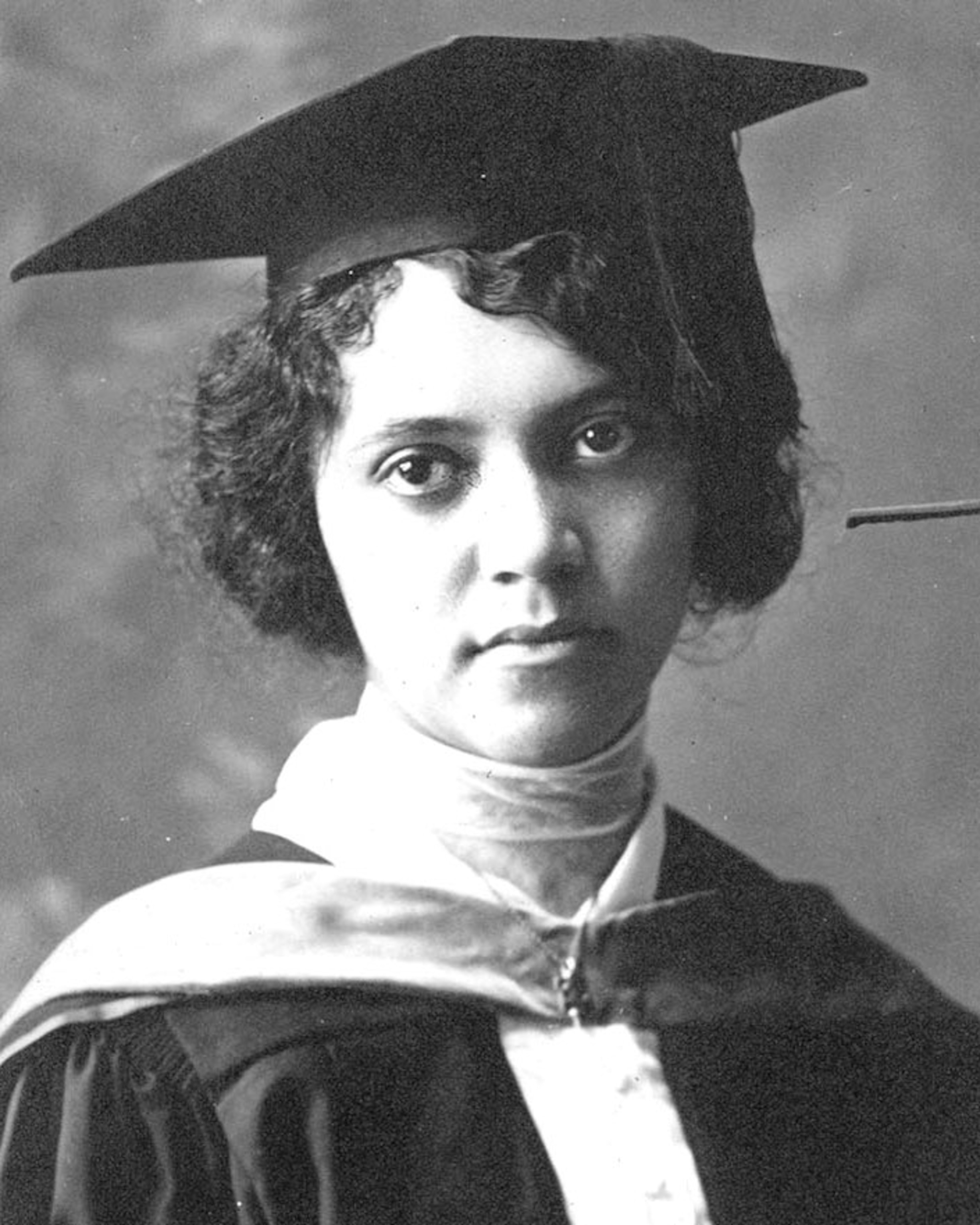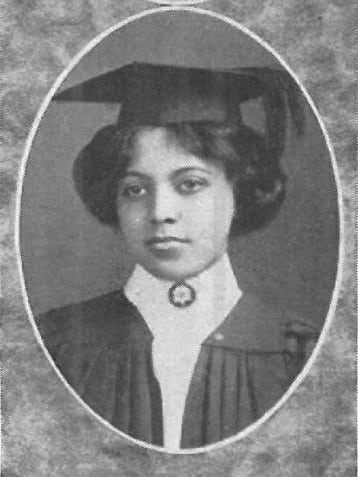
The Chaulmoogra Wizard
On 24 July 1892, in Seattle, Alice Augusta Ball arrived on planet Earth. The daughter and granddaughter of photographers, the Ball family probably never imagined Alice might one day develop into a world-renowned chemist, though their usage of photographic chemicals might have captured her attention.
At the age of 11, the Ball family relocated from Washington to Hawaii, yearning for warm weather to heal her grandfather’s arthritis. Within two years, James Ball, Senior, died and the family returned to the Pacific Northwest. The stay on the Hawaiian islands was short but ultimately important to the lives of many people.
Back in Seattle, Alice Ball became a top science student, graduating high school in 1910. She matriculated to the University of Washington to study chemistry. She received degrees in pharmaceutical chemistry and the science of pharmacy. She published an article in the Journal of the American Chemical Society, a rare achievement for a woman in the early 1900s. Even rarer was the triumph for a Black woman chemist. A bidding war erupted for Ball’s graduate studies. Shunning the University of California Berkeley, she returned to what is now the University of Hawaii to continue researching chemistry.

At the University of Hawaii, Ball produced a master’s thesis on the Kava plant. She became the first woman and the first Black American to earn a master’s degree from the college. During her stint, she garnered a reputation as a master of the chemical makeup of plants.
Here, Ball’s intersection with history arrived.
The island of Molokai served as a spot of horror among the beauty of the Hawaiian islands. Those afflicted with leprosy, also known as Hansen’s Disease, were exiled to Molokai. Throughout the ages and into the early 20th century, we considered leprosy a death sentence and stigmatized victims. Science knew no cure, so we tended to discard those plagued with the disease to colonies.
One therapy existed at the time. Chaulmoogra oil originally came from a tree in India. For more than half a millennium, doctors had used the oil to treat leprosy to a limited extent. The oil seemed to help against the bacteria which causes leprosy, but its administration featured prominent drawbacks. It was far too sticky to be applied topically; its thickness rendered it a poor injectable medicine, causing blisters instead of being absorbed by the blood; swallowing the oil was efficacious, but its gnarly taste caused most humans to vomit.

Harry Hollmann, Acting Assistant Surgeon at the Leprosy Investigation Station of the U.S. Public Health Service in Hawaii, wanted to find a breakthrough on leprosy. When he heard about Ball’s expertise, he recruited her to study chaulmoogra oil.
Aged just 23 years, Alice Ball accomplished what no human had managed in centuries of leprosy research. Ball isolated ester compounds from the oil and developed a substance that both fought leprosy and could be absorbed by the blood. The “Ball Method” was a medical breakthrough. The implications for those suffering leprosy were immense.
At this point in Ball’s life, her place in history was already assured. Lives were saved and bettered. Her scientific future was bright. As with many triumphant stories, however, tragedy struck.

Just a year after starting work on leprosy, a mysterious illness formed in Ball. She returned to Seattle to seek treatment, but on 31 December 1916, at age 24, she died. To this day, the cause of her early demise is a mystery. Some speculated she might have developed chlorine poisoning from working in chemistry labs. Officials later altered her death certificate to note tuberculosis, though this diagnosis is not acknowledged universally by historians. Whatever the cause, the world lost a bright scientist far too early.
As if the story were not mournful enough, the modern world might never have known much about Alice Ball. At the time of her death, she had not published research on chaulmoogra oil. A man named Arthur L. Dean seized upon the opportunity. The chemist stole Ball’s work, published the research, and began to produce the oil in mass. He never mentioned Alice Ball. Unpunished for his cowardly ways, Dean later became the president of the University of Hawaii.
Harry Hollmann attempted to correct the record. He wrote a paper in 1922, giving credit for the advancement in leprosy treatment to Ball and her method. Despite his efforts, it was the 1920s, Ball was Black, a woman, and she could not advocate for herself. Her contributions began to fade into oblivion.
Fortunately, our tale can display a redemption arc. Starting in the 1970s, a group of professors at the University of Hawaii dug through archives and discovered Ball’s history. Decades later, the university itself started to remember Ball. A plaque at a chaulmoogra tree on campus stands in her memory. Officials granted her the Medal of Distinction in 2007. Hawaiians now celebrate February 29 as Alice Ball Day, while in Seattle, a park bears her name.
Though other medications for leprosy emerged decades after her death, her contribution at such a young age is a phenomenal achievement. Thankfully, her memory starts to move into the light. The ranks of Woman Crush Wednesday at The Mountains Are Calling become greater with the addition of Alice Ball.
Further Reading and Exploration
How the Woman Who Found a Leprosy Treatment Was Almost Lost to History – National Geographic
Alice Ball – Biography
Alice Ball – History of Scientific Women
“The Fatty Acids of Chaulmoogra Oil in the Treatment of Leprosy and Other Diseases” by Harry Hollmann













